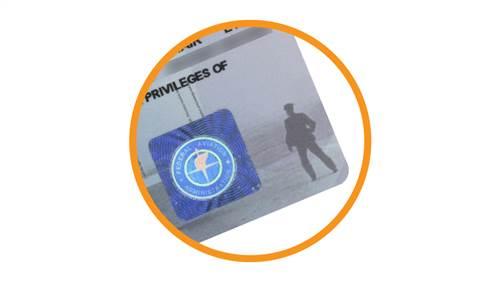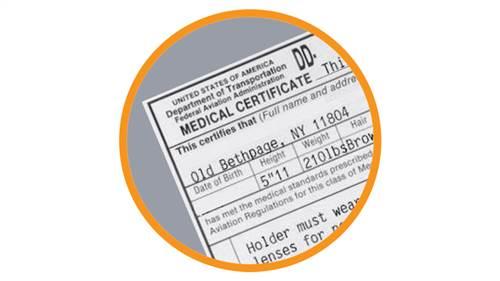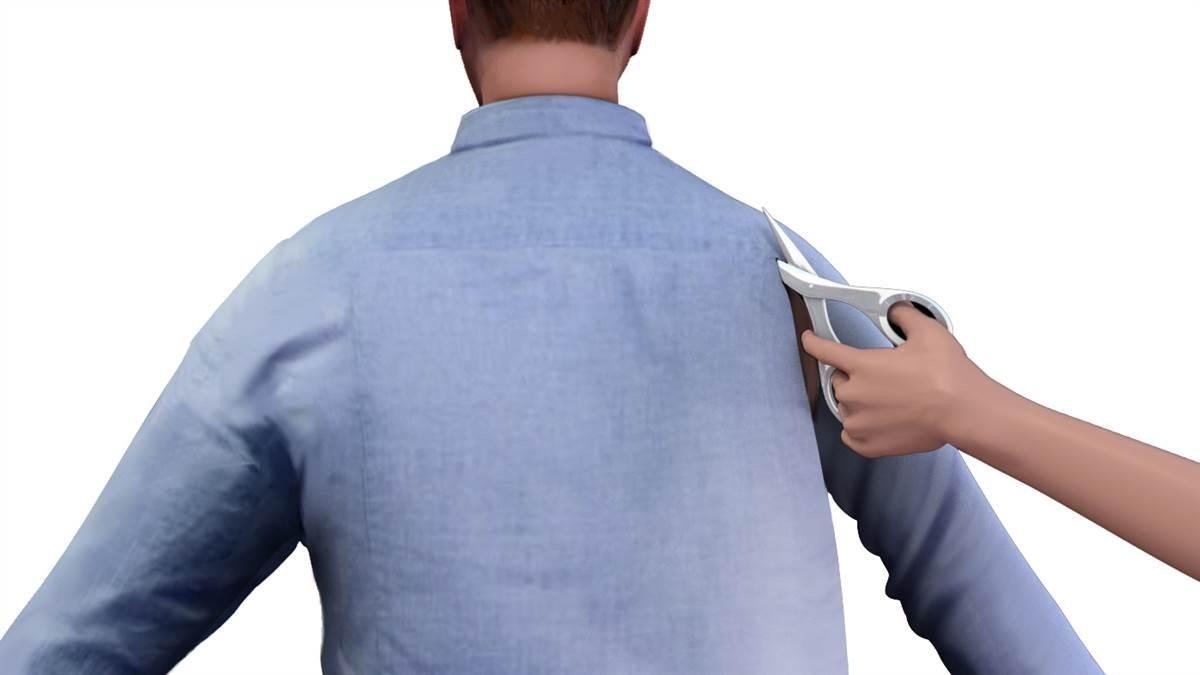
The first solo is such a significant milestone that pilots recall details from that day decades later. It signifies that you’ve earned your instructor’s confidence in your skills and judgment—and it marks your entry into a phase of training that will continue to build your self-reliance well past checkride day. After what feels like a thousand landings, your instructor will step out of the airplane and leave you to taxi out to the runway, take off, and land unaided. The FAA requires you to fulfill certain prerequisites before you take on this exhilarating new challenge. From there, it’s all up to you.

Know your stuff
You’ll need to take a presolo written test covering such relevant topics as operating rules, airspace, and the specifics of the aircraft you fly. Your instructor must review any incorrect answers with you.

Fly! FAR 61.87
lists 15 maneuvers and procedures for presolo flight training in a single-engine airplane, including takeoffs and landings, climbs and climbing turns, emergency procedures, and—yes—stall recovery. You should receive and log flight instruction in all these areas in a similar make and model aircraft to the one you’ll be soloing, and demonstrate proficiency to your instructor’s satisfaction.
Get the plastic
Students must have a student pilot certificate in order to take off on their own. Historically, students have obtained paper certificates from an aviation medical examiner when they go for their flight physical—or, for sport pilot candidates, from a flight standards district office or designated pilot examiner. A rule that took effect April 1, however, requires student pilots to carry plastic pilot certificates while soloing. It may take up to three weeks from the time you apply for a certificate until it is issued, so talk to your instructor early about applying for one (see “Paper to Plastic,” April 2016 Flight Training). Students who already had a paper student pilot certificate may use it until it expires.

Pass your medical—maybe
If you’re working toward your private or recreational pilot certificate, you’ll need a medical certificate prior to solo. Many common conditions require extra documentation, so check AOPA’s online resources (www.aopa.org/medical) or call the association’s aviation medical specialists at 800-USA-AOPA—before you visit the aviation medical examiner—if you have any questions or concerns about your medical history.

Get signed off
When it’s time for you to venture out on your own, your instructor will provide several endorsements in your logbook. Check these before heading out on future solos, however: Some expire, and others are limited to specific flights (such as a particular solo cross-country).

Shirttail Traditions
If you see a fellow student grinning broadly while an instructor tugs on the back of his or her shirt and lops off a chunk of fabric, congratulate the budding pilot on a successful solo. Cutting the shirttail after a first solo is a longstanding aviation tradition with murky origins, but one theory holds that it dates back to when early instructors sat behind their students in tandem, open-cockpit airplanes. They would tug on a student’s shirttail to get his attention in the loud cockpit—and when the student was ready for solo, the removal of that shirttail symbolized that he no longer needed that help. Regardless of the origin, the excised fabric serves as a keepsake for many pilots—especially if the instructor or someone else at the flight school later uses it as a canvas to record particulars of the flight, perhaps even adding an illustration. Set on wearing your lucky shirt for the big day? Some students carry a stand-in T-shirt to honor the tradition without spoiling the garment. -- SD



